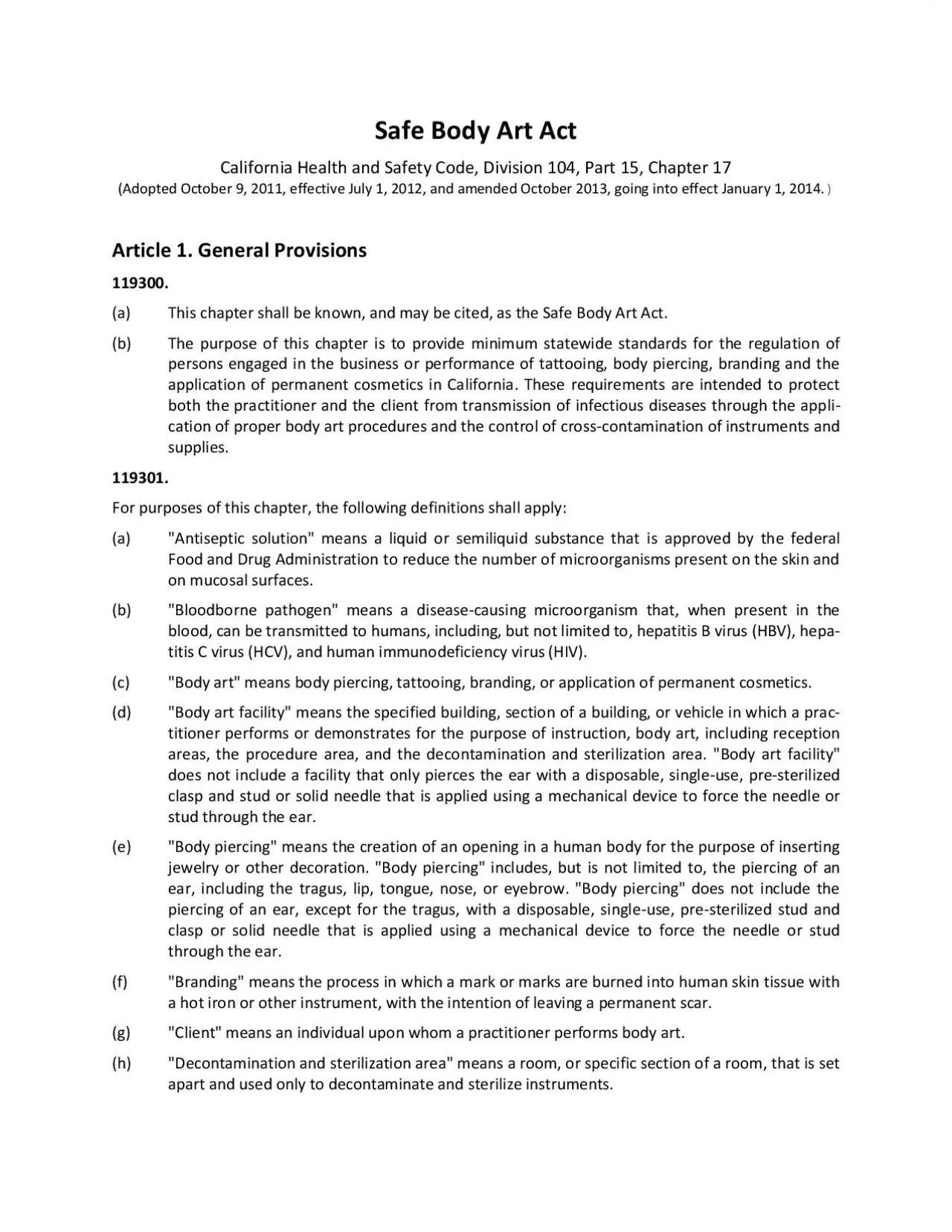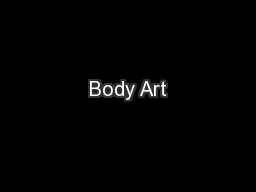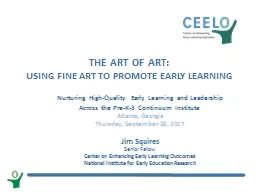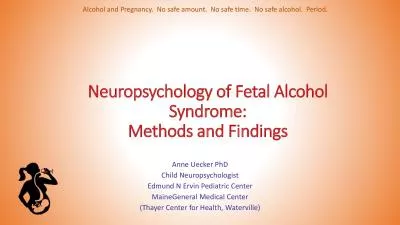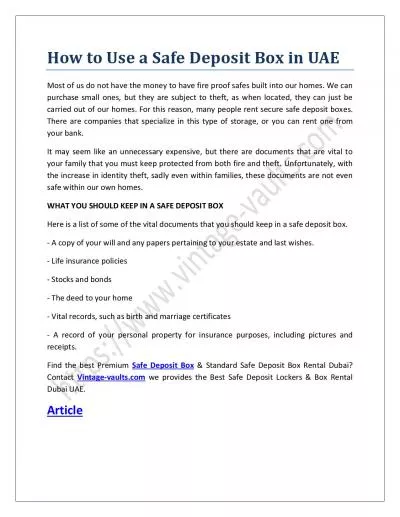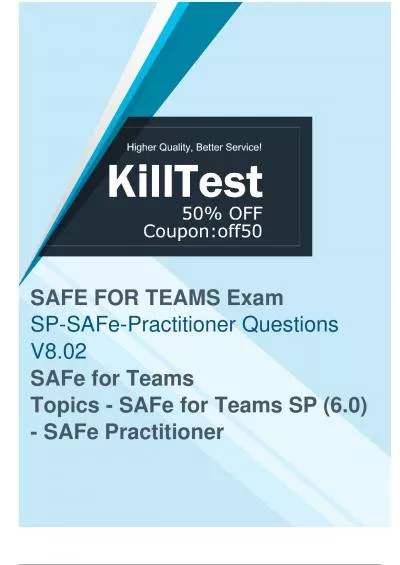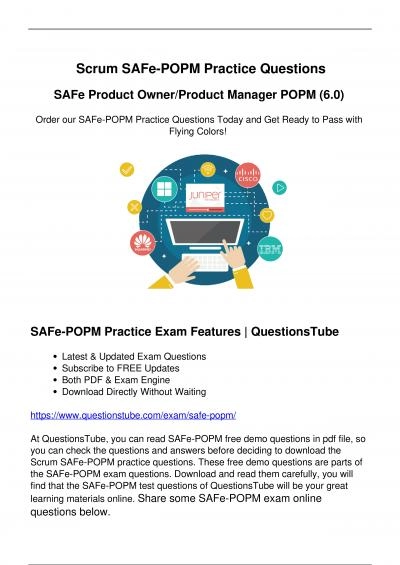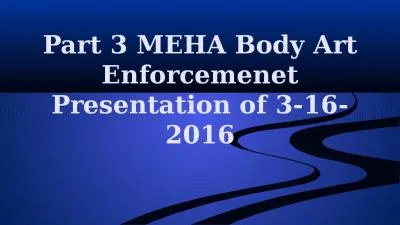PDF-Safe Body Art Act
Author : amey | Published Date : 2021-08-09
California Health and Safety Code Division 104 Part 15 Chapter 17Adopted October 9 2011 effective July 1 2012 and amended October 2013 going into effect January
Presentation Embed Code
Download Presentation
Download Presentation The PPT/PDF document "Safe Body Art Act" is the property of its rightful owner. Permission is granted to download and print the materials on this website for personal, non-commercial use only, and to display it on your personal computer provided you do not modify the materials and that you retain all copyright notices contained in the materials. By downloading content from our website, you accept the terms of this agreement.
Safe Body Art Act: Transcript
Download Rules Of Document
"Safe Body Art Act"The content belongs to its owner. You may download and print it for personal use, without modification, and keep all copyright notices. By downloading, you agree to these terms.
Related Documents

